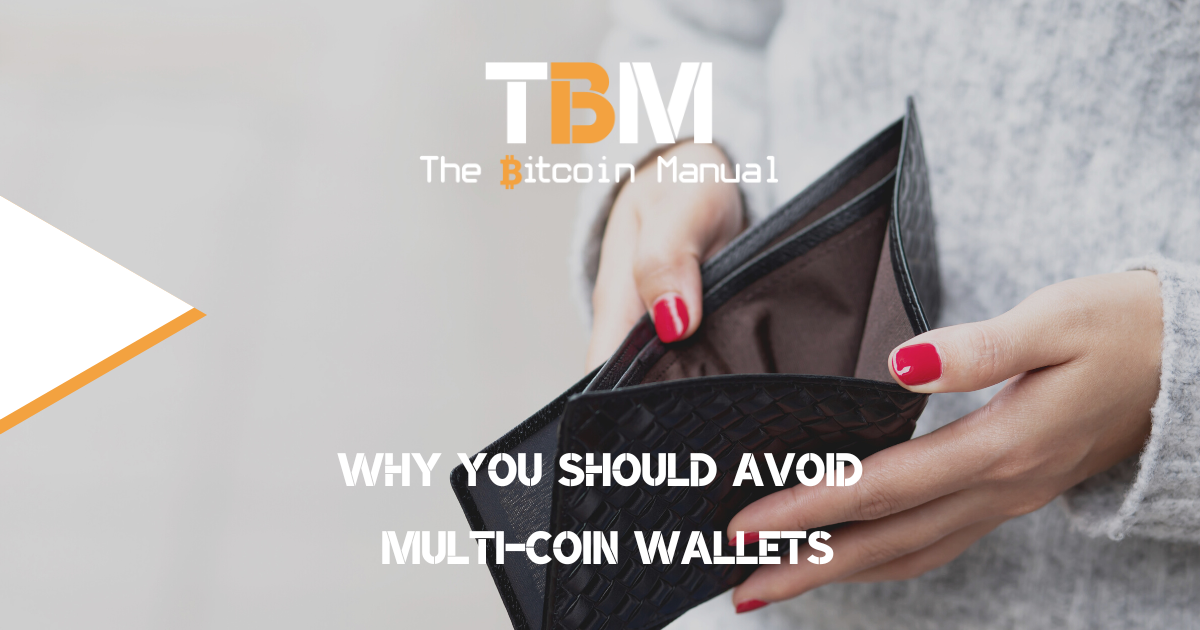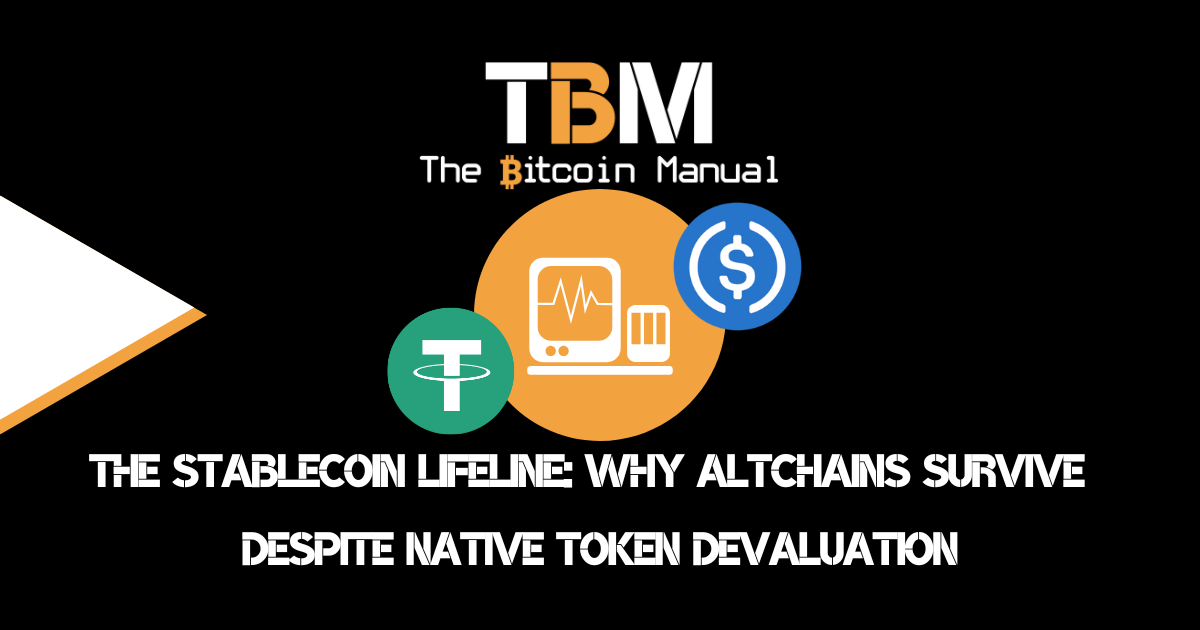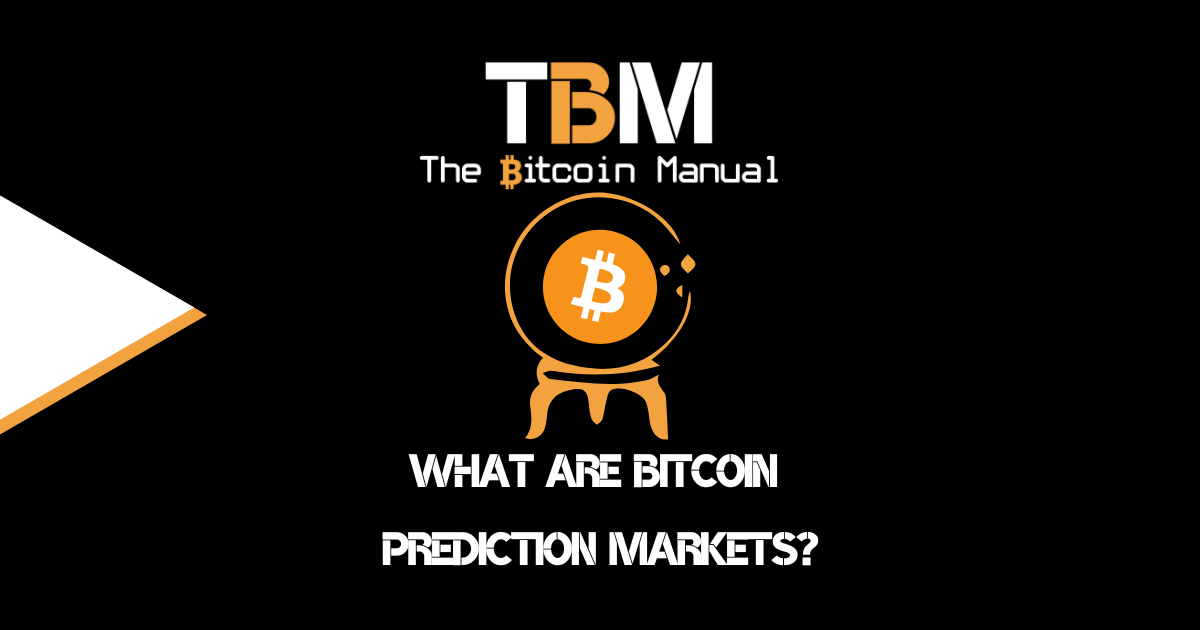In the wake of the Atomic Wallet breach, a chilling wave of concern has washed over the cryptocurrency community, raising alarming questions about the security of hot wallets. Trusting software to hold substantial amounts of wealth is not without its risks, as proven repeatedly through numerous security breaches. But the recent Atomic Wallet hack has ignited a particularly intense conversation due to its inherent structure as a multi-coin wallet.
By offering support for a wide array of cryptocurrencies, multi-coin wallets essentially become an attractive honeypot for hackers. The promise of accessing a diverse pool of digital assets makes these wallets a lucrative target for nefarious individuals. The latest breach emphasizes the importance of thoroughly understanding the security risks involved and the need for diligent protection strategies when engaging with hot wallets.
If you choose to own digital currencies, having a safe and secure place to store your coins is paramount. Multi-coin wallets, capable of storing various types of cryptocurrencies, are often touted as a convenient solution. While these wallets may offer convenience, they come with a unique set of risks that users must be aware of.
You’re not diversifying risk; you’re migrating it to a different assumption of risk.
Diversification, a widely accepted principle in traditional investment strategies, is often considered a path to reduced risk. It is a principle not without merit, but in crypto; it is often bastardised to death and used to encourage taking on even more risk.
However, in the world of cryptocurrency, this notion of diversification tends to be a fallacy. Many investors attempt to spread their assets across a range of different cryptocurrencies in the belief that they are insulating themselves from market volatility.
In the mind of the cryptocurrency investor, they are being savvy and responsible, buying different coins hoping that one will make up for the losses of the many. They’re also not going to take the risk of leaving their coins on exchanges, not when exchanges are rehypothecating funds and ending up insolvent.
So what do you do?
You’re not going to go out and spin up a wallet for each token, no? You want your life to be easier, so you opt for a multi-coin wallet, and you centralise the risk around that piece of software and its ability to secure the seed phrase on your device.
Multi-coin wallets have not had a good track record.
Multi-coin crypto wallets have a storied history that hasn’t always been positive. Early iterations of these wallets came into existence as a response to the burgeoning variety of cryptocurrencies. They promised a utopian vision of a single platform that could manage numerous digital assets. However, they were soon revealed to be a double-edged sword, with the convenience they offered often coming at the expense of security.
From their inception, multi-coin wallets have faced criticism due to subpar coding practices. In their rush to support as many coins as possible, developers sometimes overlooked crucial security aspects, resulting in wallets that exposed users’ private keys, the essential credentials for accessing one’s digital assets. Moreover, these wallets frequently incentivised risky behaviour by promoting interactions with various APIs and browser extensions, increasing the potential for man-in-the-middle and phishing attacks.
Despite these challenges, multi-coin wallets gained popularity due to their convenience and versatility. However, their record has been tainted by numerous security breaches. For instance, wallets like Phantom and Atomic Wallet have suffered various exploits, leading to substantial losses for their users.
With all these factors in play, the history of multi-coin wallets serves as a testament to the intricate relationship between convenience and security in the crypto realm.
To give you an idea of how common wallet software exploits are, hit up your preferred search engine, select the news tab and search for “crypto wallet hacks”. Don’t take my word for it, especially if you think I’m a salty maxi or I’m fearmongering.
Off the top of my head and with the help of a quick search, I could pull up ten incidents with hot wallets over the past five years.
- MyEtherWallet MIM attack – Aug 2018
- Jaxx wallet phishing attack – Sep 2018
- Coinomi wallet exploit – Feb 2019
- Phantom wallet hack – Aug 2022
- Slope wallet hack – Aug 2022
- Bitkeep wallet hack – Oct 2022
- Trust wallet hack – Feb 2023
- Edge wallet hack – Feb 2023
- MyCrypto wallet hack – April 2023
- Atomic wallet hack – May 2023
Sure, moving your funds from an exchange to a private key HD wallet offers more control, but security between the two is still a toss-up; at least exchanges have teams dedicated to doing the work of securing funds; who is going to help you when you’ve signed over your funds by exposing your private key?
I’ll tell you who, no one!
Understanding HD Wallets
To understand multi-coin wallets, we first need to delve into the world of Hierarchical Deterministic (HD) wallets. HD wallets generate keys from a single master seed. This allows the creation of a multitude of public addresses from the same private key, offering better privacy as your transactions are distributed across multiple addresses.
However, while HD wallets increase ownership rights and privacy, when you’re deriving multiple wallets from a single phrase for improved UX, you are also increasing the complexity of the code base to cover up these issues for users, making them potentially more susceptible to errors and technical issues.
If one asset on a specific chain is signing over a transaction and exposes your seed, then the key to your entire wallets wealth is on the line, and if you’re singing with this software regularly, you’re opening up your entire bounty for attack each time you make a payment or sign a smart contract.
The Risk of Multi-Coin Support
The allure of multi-coin wallets is obvious: the convenience of managing multiple cryptocurrencies within one wallet. However, adding support for multiple coins increases the potential attack surface for hackers.
Each coin operates on a different protocol, has its unique vulnerabilities, and requires a distinct approach for integration. This multi-protocol support multiplies the avenues an attacker could potentially exploit.
Wallet providers cannot focus on always securing their code and are trusting the various protocol developers to provide code that is tested, and they can relay it into their wallets; these trust assumptions get passed on to you, and since you’re the one with funds on the line, you pay the cost if anyone in that code supply chain made a mistake or overlooked testing a possible scenario where keys are made vulnerable.
Essentially the more coins and chains a wallet supports, the greater the attack surface for your wallet to baulk under probing by a 3rd party.
The Centralisation Conundrum
Most multi-coin wallets rely on a centralised node infrastructure to function. This is a departure from the decentralised ethos of Bitcoin, with many of these wallets not even offering you the option to connect your own node to broadcast directly to the chain. It means the wallet provider, not the user, has control over the nodes that process transactions.
While running a Bitcoin full node or pruned node is pretty easy and possible for the average person, this isn’t the case with many altcoins, and since users aren’t interested in giving up resources to connect to every chain, they are going to trust a central figure instead.
And when you trust, you better accept that you could have your funds lost. If the wallet provider’s infrastructure is compromised, users’ funds are at risk. Additionally, users must trust that the wallet provider is maintaining privacy, not sharing data with third parties, and operating a robust and secure infrastructure.
Risks of OTA Updates
We’re all used to apps on our computer or smartphone prompting us to update; many of us don’t read the notes, check the patch date and version and simply assume someone did the vetting and it is safe to install.
Over-the-air (OTA) updates provide developers with a way to push fixes and enhancements to users. However, they also add a layer of risk. Each update presents an opportunity for malicious actors to introduce rogue code or exploit vulnerabilities.
While this could be an issue for Bitcoin-only wallets, as mentioned early, they have a smaller attack surface as they focus on managing one asset and not requiring regular patches. Multi-coin wallets, due to their complexity, may require frequent updates, each one potentially exposing users to risk. Today you might get a patch for Ethereum, but in that build, you added a vulnerability for Solana, so the wack-a-mole to patch holes in the system continues.
Multi-Coin Wallets: A Theatre of Self Custody
Despite appearances, multi-coin wallets might not offer the level of control they promise. With reliance on centralised infrastructure, frequent updates, and the multiplied risk due to multi-coin support, users are less in control than it might seem.
- You don’t have permissionless access to your coins if you’re broadcasting via a 3rd party.
- You don’t have assurances that your keys can never be exposed
- You don’t have the backing of a security-conscious developer community like in Bitcoin.
Multi-coin wallets might seem like a smooth experience in managing digital assets, but you’re giving up privacy, taking different security risks and accepting faux permissionless transactions; that is nothing like what Bitcoin offers.
The true spirit of Bitcoin lies in self-custody—maintaining control of your keys and, by extension, your coins along with your connection to the chain. In this respect, multi-coin wallets often perform more like traditional banking apps rather than tools for financial sovereignty.
Multi-coin management might leave you with no coins to manage.
Multi-coin wallets, while convenient, present a suite of risks that users should be aware of. It’s essential for users to understand these risks and consider if the convenience is worth the potential security and privacy trade-offs.
If you’re sitting with a Multi-coin wallet and wish to take a risk on these tokens, you might be better off quarantining your Bitcoin in a separate wallet and not risking everything on one company’s ability to secure your keys.
Alternatively, if you feel this isn’t a risk worth taking, you can always sell off your altcoins, consolidate your funds into Bitcoin, and spread that Bitcoin into different wallets or a multi-sig quorum and enjoy world-class security for your savings.
Do you take self-custody of your stack?
If you’re new to Bitcoin and have not ventured down the self-custody rabbit hole, what is stopping you? If you’re already self-sovereign, how has the experience been since you took hold of your funds? Let us know in the comments down below. We’re always keen to hear from bitcoiners from around the world.




